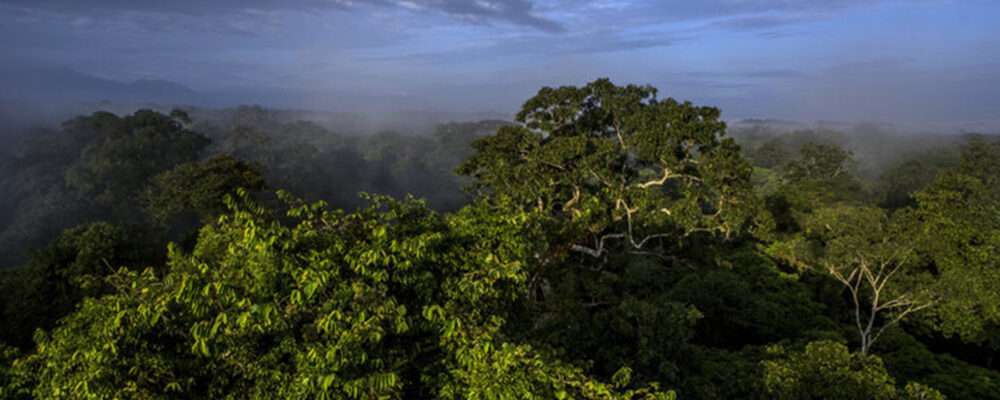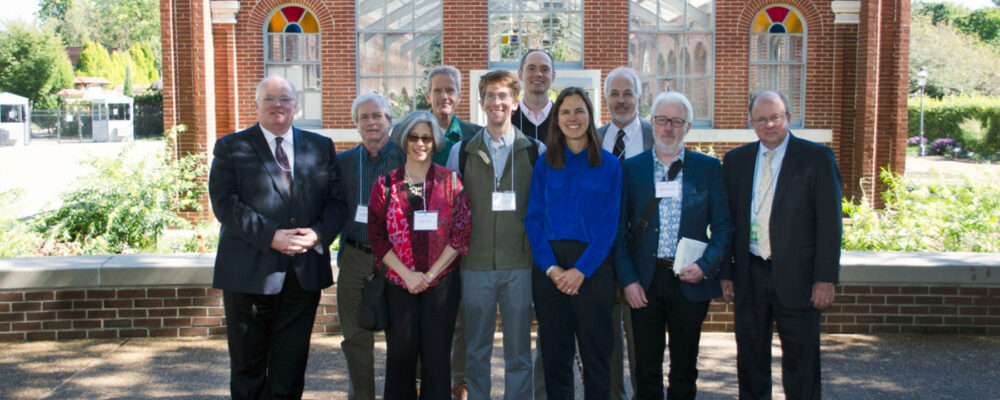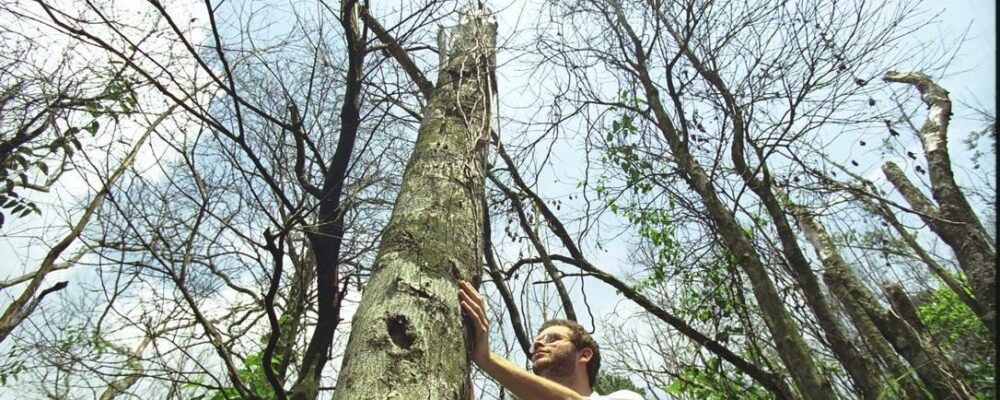Below are links to articles and news stories generated by PARTNERS activities and publications. For information about these stories or any new story, please e-mail your request to [email protected]
PARTNERS Works to Promote Tropical Forest Regrowth
Led by and Robin Chazdon, Professor of Ecology and Evolutionary Biology and Michael Willig, Professor of Ecology and Evolutionary Biology and Director of the Center for Environmental Sciences and Engineering, researchers and non-profit leaders representing 14 countries convened at the University of Connecticut to work on a global five-year, multidisciplinary project called PARTNERS – People and Reforestation in the Tropics: A Network for Education, Research, and Synthesis.
Restored Forests Breathe Life Into Efforts Against Climate Change
Over just a few decades in the mid-20th century, this small country chopped down a majority of its ancient forests. But after a huge conservation push and a wave of forest regrowth, trees now blanket more than half of Costa Rica.
How to Plant a Trillion Trees
When the Philippines opened its first school of forestry in 1910, the institute’s leaders hatched a plan to restore degraded woodlands surrounding the campus outside Manila.
Beyond Tree Planting
Latin America – When most people think of forest restoration, they think of planting trees. But at the scales needed to meet ambitious global land restoration targets, the costs involved are prohibitive – from buying millions of seedlings to paying people to plant and maintain them. But there is a powerful, cost-effective alternative: nature itself.
Previous Findings on Tropical Forest Restoration were Biased
What we think we know about tropical forest restoration may be wrong, according to a recently released scientific paper.
Tropical Forests Are Being Replanted, But How Long Will the New Trees Last?
Tropical forests globally are being lost at a rate of 61,000 square miles a year. And despite conservation efforts, the global rate of loss is accelerating. In 2016, it reached a 15-year high, with 114,000 square miles cleared. .
New Research Suggests Global Reforestation Efforts Need to Take the Long View
Many countries have made commitments to restore huge areas of forest as part of the Bonn Challenge, organized by the International Union for Conservation of Nature.
Ecological Restoration in a Changing Biosphere
Missouri Botanical Garden hosted its 63rd annual Fall Symposium in October of 2016. The theme was Ecological Restoration in a Changing Biosphere.
To Plant or Not to Plant
What we think we know about how to restore tropical forests is getting a second look. A new paper produced by scientists in Missouri Botanical Garden’s Center for Conservation and Sustainable Development (CCSD), the University of Hawaii’s Lyon Arboretum, and the University of Maryland Baltimore County points out an important bias in recent studies.
Half of Costa Rica’s Regrown Forests Are Gone Within Two Decades
Natural Regeneration or Tree-planting? Study Points to Bias in Forest Restoration Studies
At a time when countries are pledging to restore millions of hectares of forest, new research argues that recent studies on forest regeneration techniques are flawed.
Not All Forests Are Created Equal: Reforesting the Tropics for People, Biodiversity, and Carbon
Even as humans continue to clear 13 million hectares every year, forests are growing back across the tropics. In addition to helping local communities like Intag, secondary forests can conserve tropical biodiversity.
Restoring Forests the Natural Way: The Best Bargain Ever
Deforestation lets countries develop economically through commodity production, mining, and infrastructure-building, but makes many previously forested areas unsuitable for people and animals.
High-value Opportunities Exist to Restore Tropical Rainforests Around the World – Here’s How We Mapped Them
The green belt of tropical rainforests that covers equatorial regions of the Americas, Africa, Indonesia and Southeast Asia is turning brown. Since 1990, Indonesia has lost 50% of its original forest, the Amazon 30% and Central Africa 14%.
Two Studies Provide Dueling Looks at Where Trees Should Go
The need to restore forest, both to protect biodiversity and to stabilize the climate, is urgent, experts say. Some 80 percent of the world’s land species need forests to live. Trees also fight climate change by taking up carbon dioxide—the main gas responsible for warming—from the air and turning it into wood and roots.
Vast Swaths of Lost Tropical Forest Can Still be Brought Back to Life
JAKARTA — The loss of tropical rainforests the world over is a major contributor to the global climate crisis. But that loss isn’t irreversible, according to a new study that has identified deforested areas spanning more than twice the size of California that can be brought back to life.
Brasil é o País com Maior Potencial de Recuperação de Floresta Tropical, diz Estudo
Pesquisa internacional liderada por professor da USP mostra que 11% das áreas tropicais destruídas no mundo têm boas condições para serem restauradas
Massive Forest Restoration Could Greatly Slow Global Warming
We have heard for years that planting trees can help save the world from global warming. That mantra was mostly a statement of faith, however.
11% das Florestas Fropicais úmidas Degradadas Podem ser Restauradas para Maiores Benefícios de Carbono, Agua e vida Selvagem
Pesquisadores apontam pontos críticos de restauração em 15 países, incluindo o Brasil, a Indonésia, a Índia e a Colômbia, em quatro continentes, onde as florestas revitalizantes proporcionariam os maiores benefícios de carbono, água e vida selvagem
We Can Plant Trees to Save the Planet. But it’s Harder than it Sounds.
There’s a lot of high-tech proposals out there to avert climate catastrophe: sucking up carbon and storing it underground, carpooling to work in flying taxis, and even converting methane to carbon dioxide. But one of the most important actions is also one of the most mundane: planting trees.
We Can’t Just Plant Billions of Trees to Stop Climate Change
A new study in the journal Science highlighted the role forests could play in tackling climate change. Researchers estimated that by restoring forests to their maximum potential, we could cut down atmospheric carbon dioxide (CO2) by 25 percent — a move that would take us back to levels not seen in over a century.






















